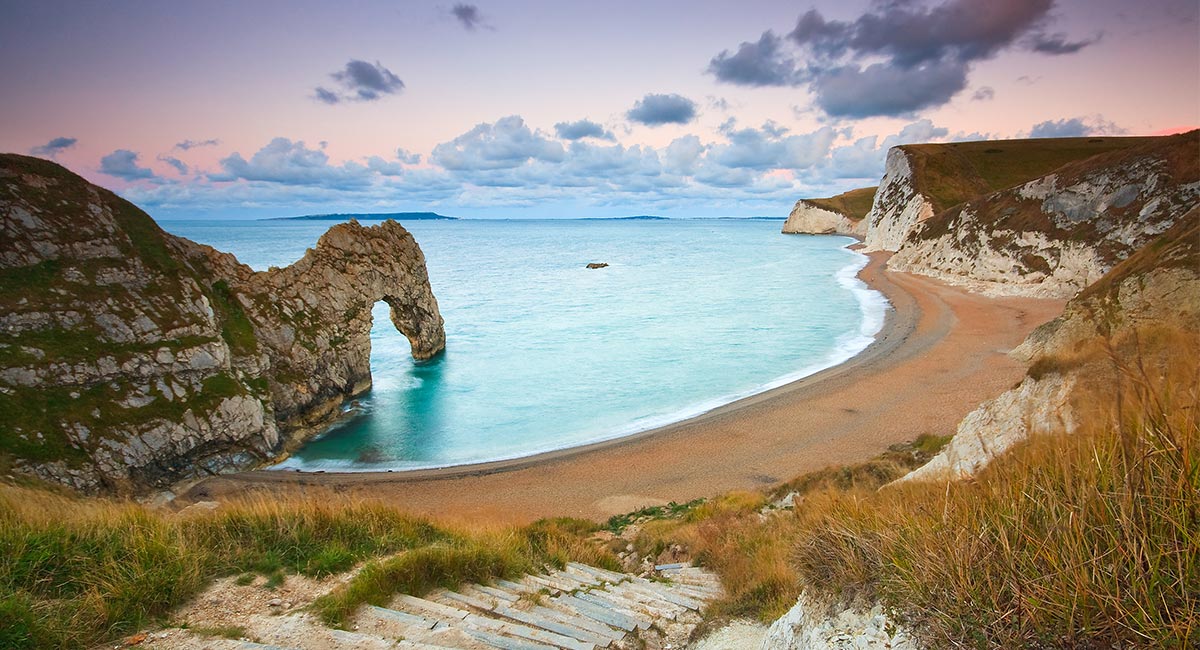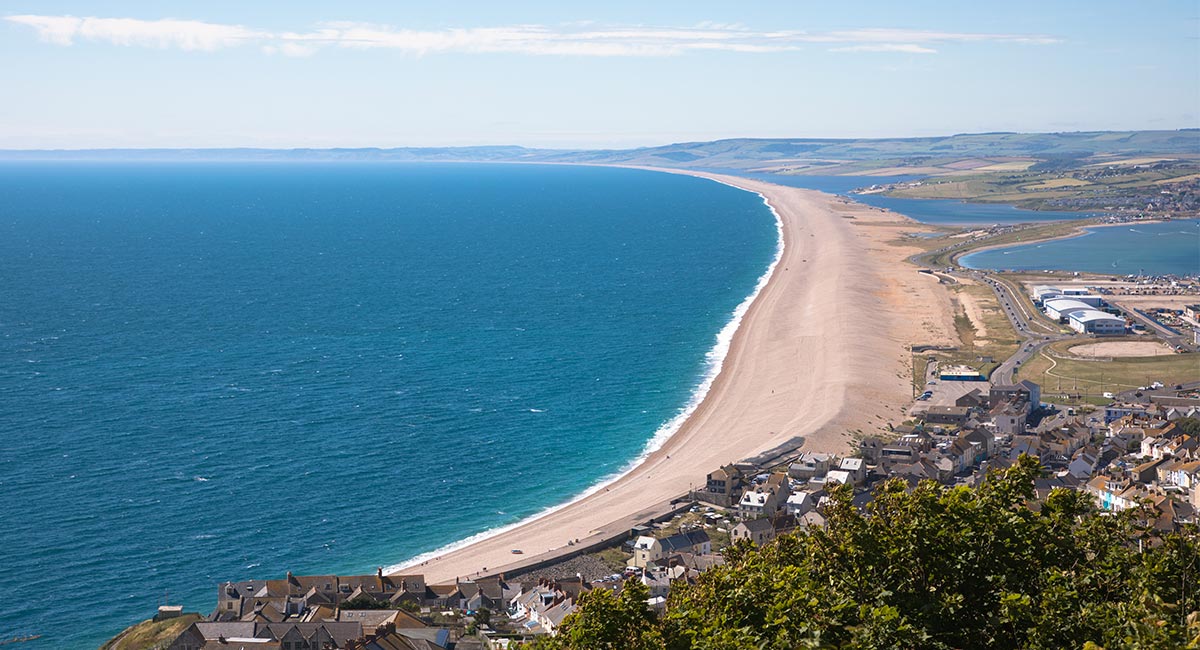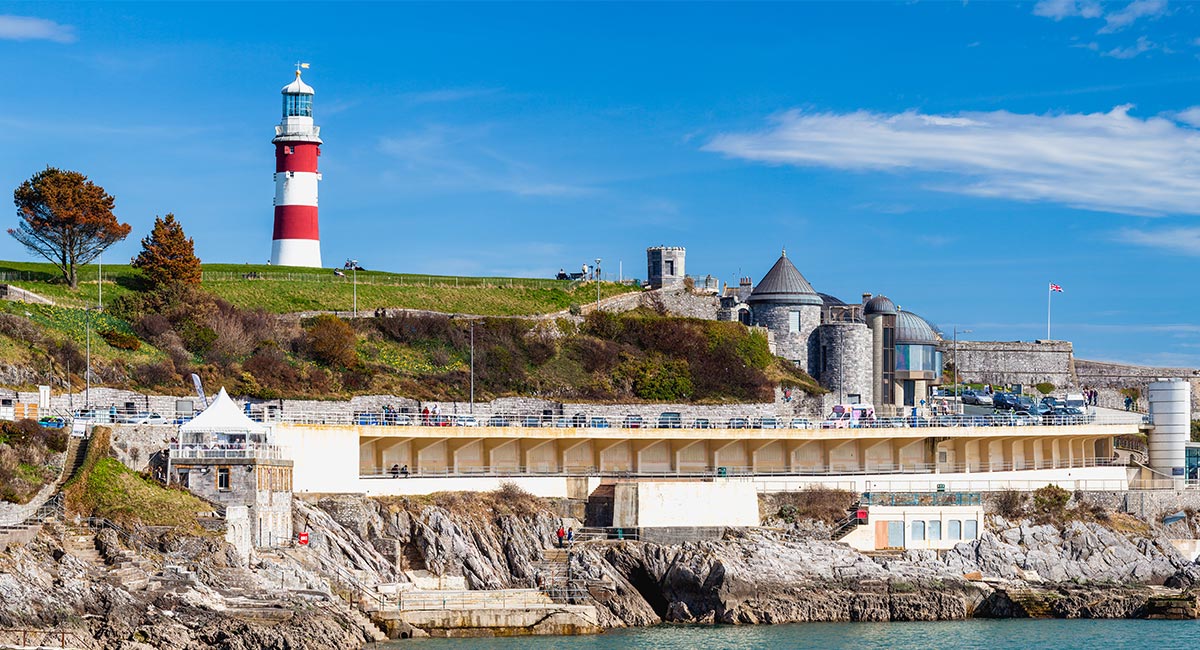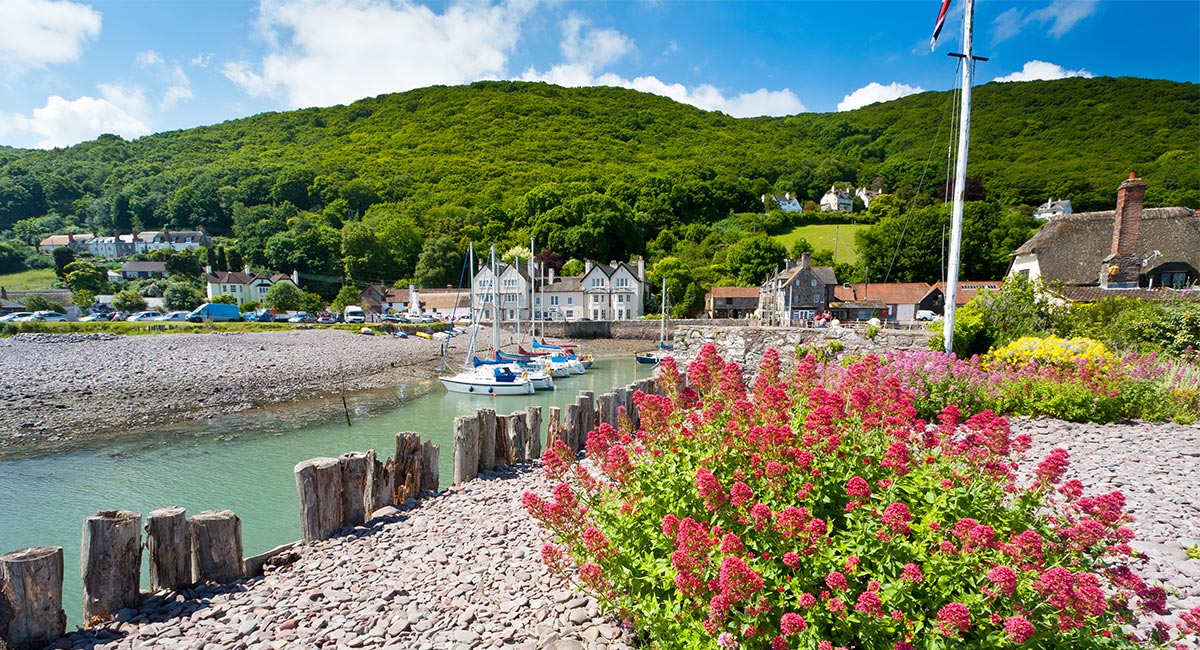Best places to visit on this epic national walking trail
The South West Coast Path stretches from Minehead in Somerset to Poole Harbour in Dorset. OS Champion, Bel Dixon, shares her favourite spots to enjoy on the stunning South West Coastal Path.
Durdle Door, Dorset
The path takes in the Jurassic Coast, England’s first natural UNESCO World Heritage Site, which runs from Exmouth to just west of Poole. Here, massive earth movements and erosion mean you walk across 185 million years of the earth’s history in 95 miles.
The scenery and geology are stunning throughout and include the Durdle Door – a towering, 150-million year-old rock arch that plunges into the sea. On calm days descend hundreds of steps to the beach to swim besides the arch, or join a memorable kayak trip from nearby Lulworth Cove.
Chesil Beach, Dorset
Chesil Beach is a whopper. Around 17 miles long, it’s backed by the Fleet – Britain’s largest tidal lagoon. In places the ridge is 15m high, while the pebbles on it are graded in size – at the eastern, Isle of Portland end they’re reminiscent of baked potatoes, at the west at West Bay, they’re more like peas.
The South West Coast Path doesn’t run along the beach itself, but courses inland beside the Fleet Lagoon. The best place to marvel at the size of the pebble ridge is at the visitor centre, near Wyke Regis, on the road to the Isle of Portland.
Beer, Devon
At enchanting Beer creamy-white cliffs back a pebble beach dotted with brightly-painted boats; the trappings of the fishing industry are scattered around. Beer is special because it’s bewitchingly pretty but still manages to be a proper, working fishing village with piles of crab pots and a fresh fish shed. A couple of cafes sit on the beach; a pub beer garden clings to the cliffs overlooking the scene.
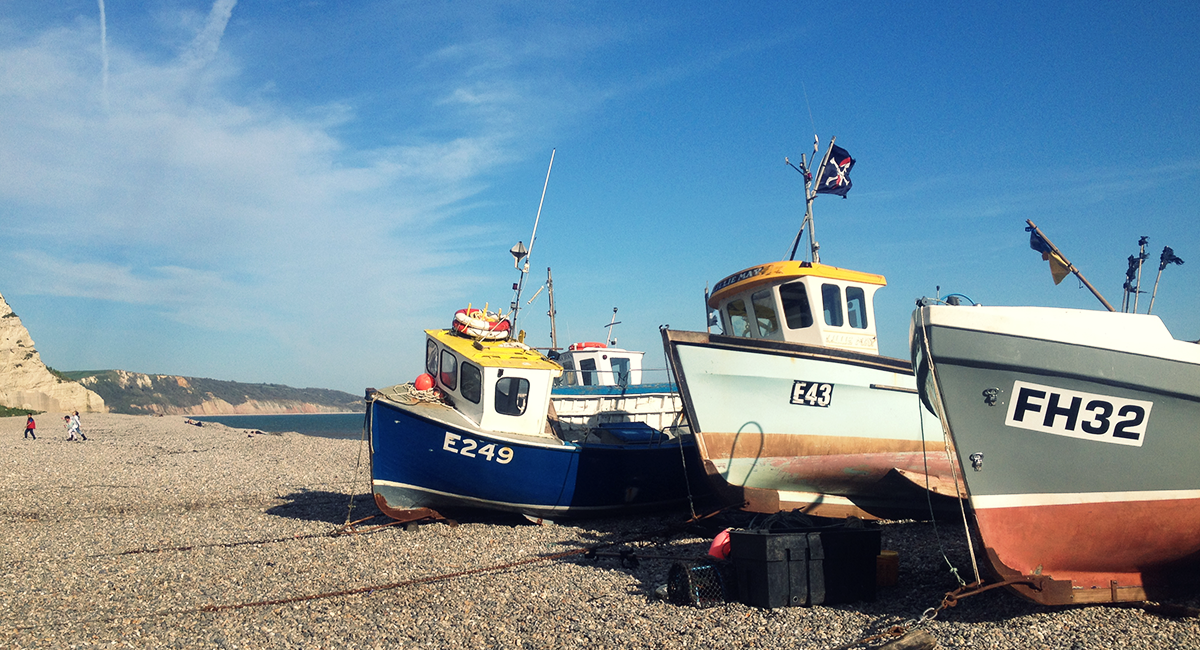
Beer Devon
Burgh Island, Devon
A slanting slab of rock set on the south Devon shore, Burgh Island is cut off from the mainland at high tide. So getting onto it then involves hopping on a remarkable Heath Robinson-esque device: a kind of tractor on stilts, where the passengers and driver sit high above the wheels as they trundle through the waves.
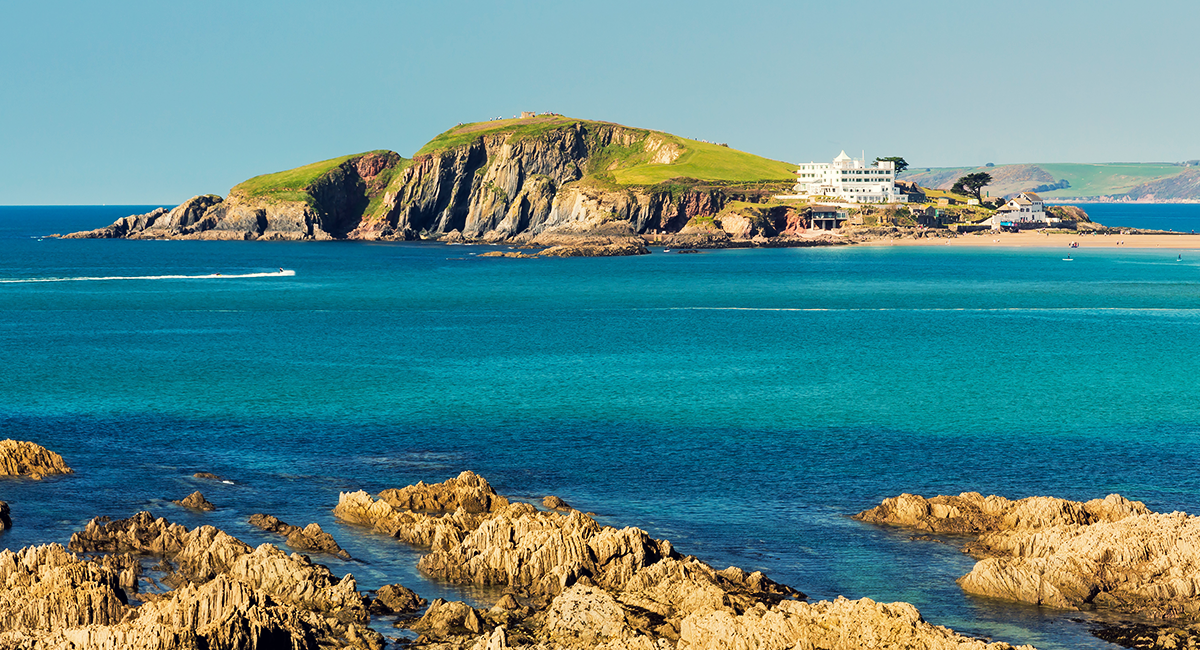
Burgh Island, Devon
The island itself is only around 500m by 500m but has an exquisite Art Deco hotel (frequented by Agatha Christie), an appealing pub and a series of footpaths. At low tide you can walk to it along the sandy causeway from Bigbury-on-Sea, which also has a beach, surf school and kayak and SUP hire.
Plymouth
The SWCP traces trails through port city Plymouth for almost 9 miles. It takes in the rejuvenated Royal William Yard, a 19th century naval supply depot that’s now packed with restaurants, and the history-rich Barbican district. That’s where you’ll find the Mayflower Steps – the final departure point for the Pilgrim Fathers on their journey to North America.
The path also leads beside Plymouth Hoe, where Sir Francis Drake (apparently) finished his game of bowls despite the sighting of the Spanish Armada. Just below sits salt-water Tinside Pool, a gorgeous Art Deco lido in which it’s hard to resist a dip.
Fowey, Cornwall
At Fowey, Cornwall really comes into its own. This pretty port buzzes with holidaymakers, hikers and boats. Passenger ferries shuttle between the town and the village of Polruan on the River Fowey’s east bank; one of many vital ferry links on the South West Coast Path.

Fowey, Cornwall
Fowey is also synonymous with Daphne du Maurier, author of Rebecca, Jamaica Inn, Frenchman’s Creek and The Birds (the latter became a Hitchcock film). One of du Maurier’s houses, the iconic Ferryside, sits beside the river – best spotted from a boat trip from the town quay.
Cape Cornwall, Cornwall
Cape Cornwall is much less visited than nearby Land’s End, even though the cape only falls short of the more famous promontory by around half a mile. Some prefer Cape Cornwall’s undeveloped air; here you’ll just find a car park with a catering van set between fields, rather than theme park rides.
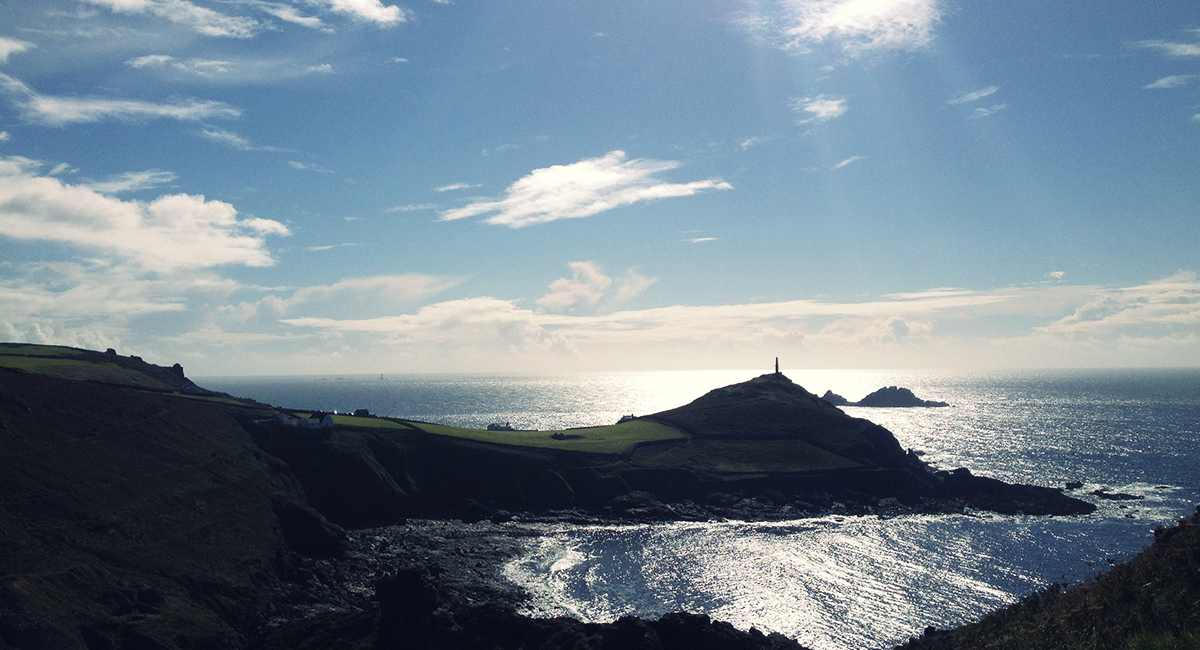
Cape Cornwall, Cornwall
The surrounding paths lead to a pocket-sized quay, the early-Christian chapel of St. Helens Oratory and the chimney of the Cape Cornwall Mine.
Bosigran, Cornwall
In a coast crammed with beautiful spots, Bosigran is among the most thrilling. Here the cliffs lurch down from West Penwith’s rolling moors and plunge into a surging sea. It’s a cracking stretch of coast on which to hike.
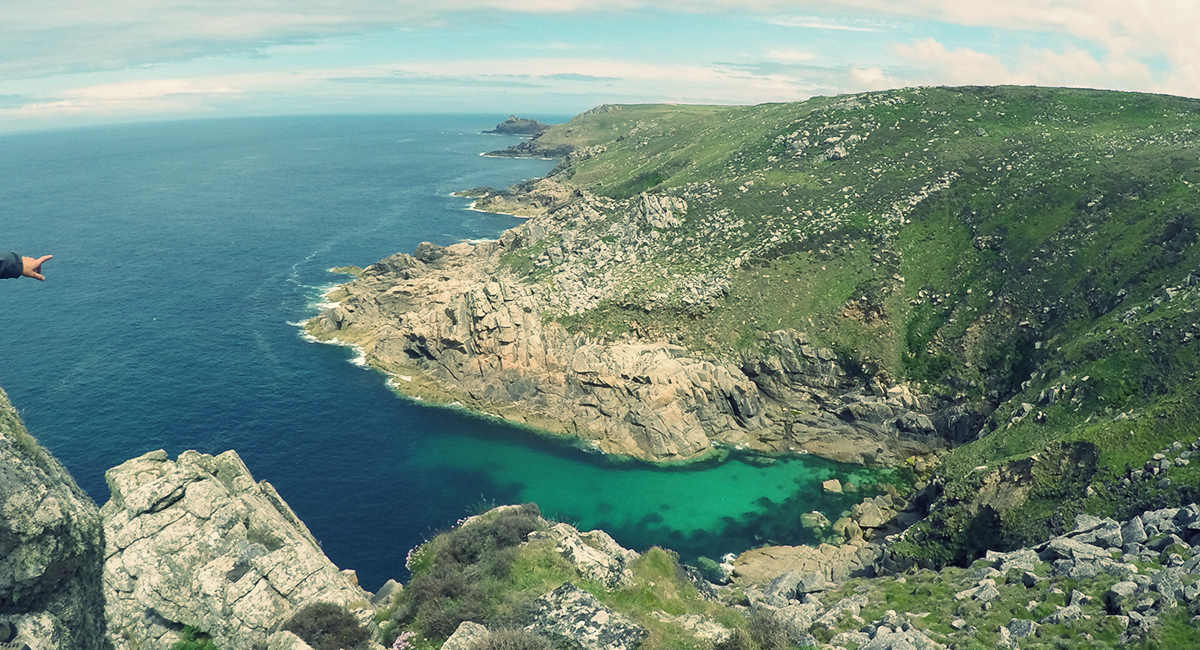
Bosigran, Cornwall
You’re also likely to see people popping up over the cliff edges, their eyes wide with adventure – Bosigran is a magnet for sea cliff climbers, who’re drawn by the jutting granite ridges. As you stroll, look out for rope carrying, harness- and helmet-wearing people clambering or abseiling down to the start of routes.
Clovelly, Devon
Clovelly is almost impossibly pretty. A privately-owned village, its cobbled streets seem to flow down north Devon’s steep-sided cliffs. They end in a picture postcard harbour where fishing boats bob and an inn waits to feed and water you.
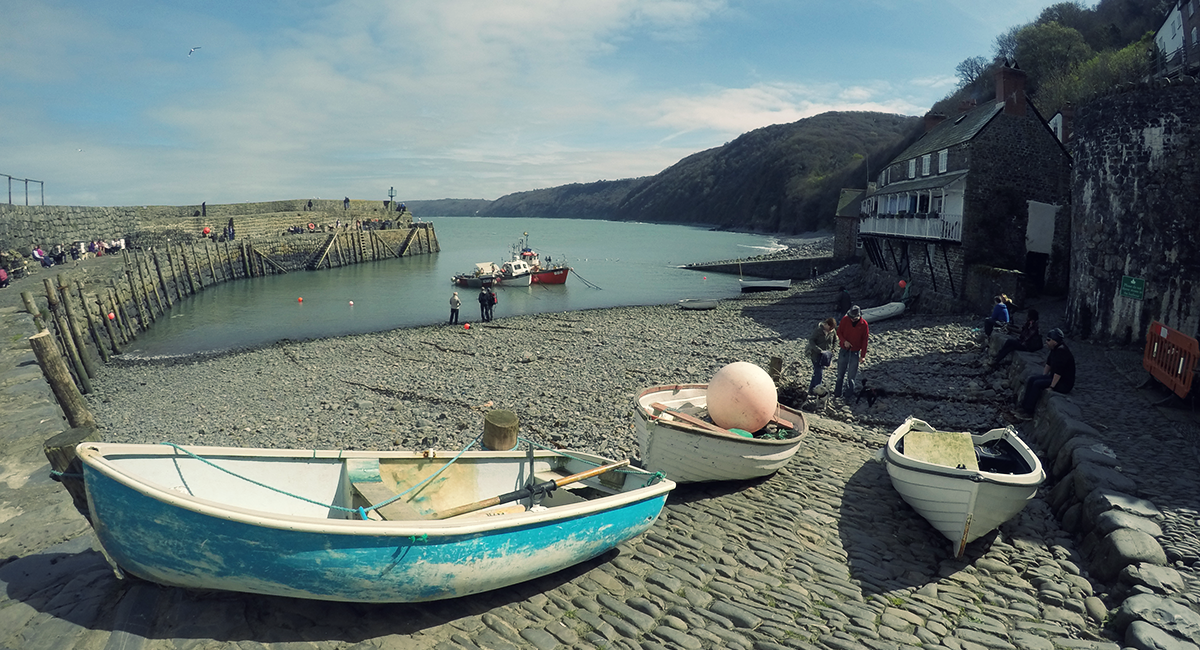
Clovelly, Devon
Clovelly’s streets are far too steep and slippery for cars – the main lanes are called “Up-a-long” and “Down-a-long” and have hundreds of steps. For years villagers used donkeys to deliver goods. Now, while you’ll still see these creatures here, you’re more likely to see the groceries arrive by sledge.
Porlock Weir, Somerset
Squeezed in between soaring, coal-black cliffs and the wide sweep of Bossington Beach, Porlock Weir is one of the most scenic spots on Somerset’s shore. A couple of hotels and a thatched pub cluster at the foot of the hill, while the harbour houses a collection of shops.
A tiny lock gate leads onto a spit of land bordering the pebble beach, where three cottages sit as if marooned. Especially at night, with wood smoke in the air and a sky full of stars, it’s a magical place.
So, there you have ten of the South West Coast Path’s most memorable places. To be honest, there are countless more. In fact you could just stick a pin anywhere along the route in OS Maps and find your very own awesome SWCP spot to GetOutside.
What’s your favourite South West Coast Path place and why?

